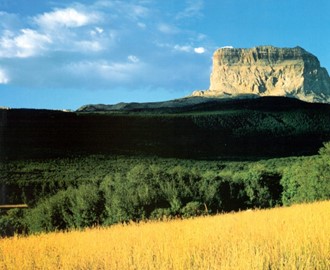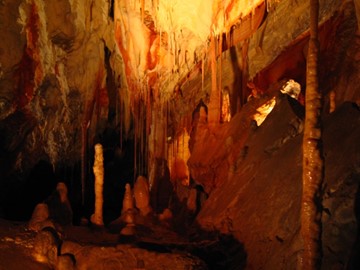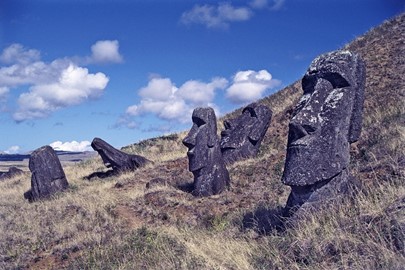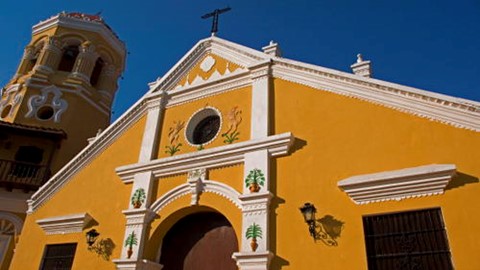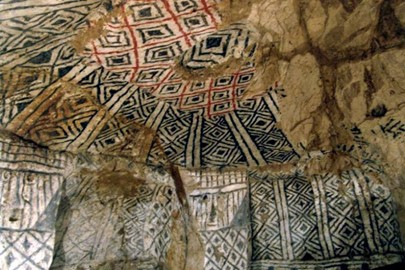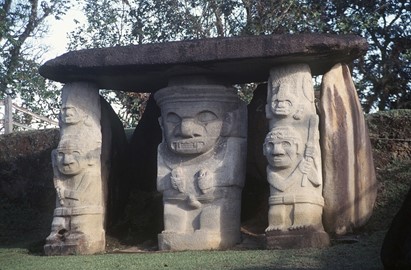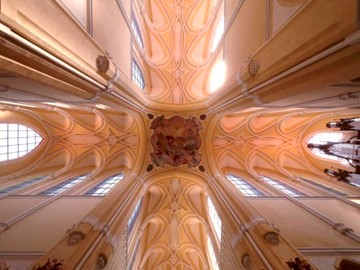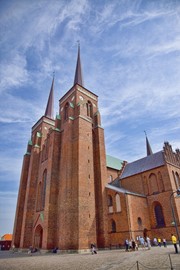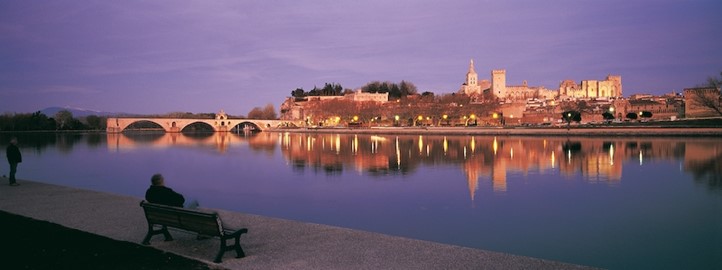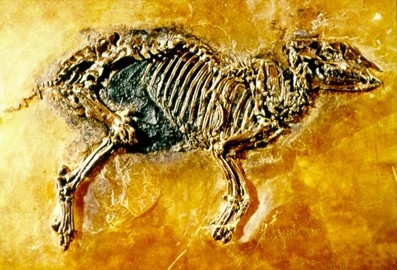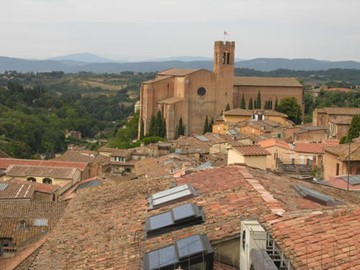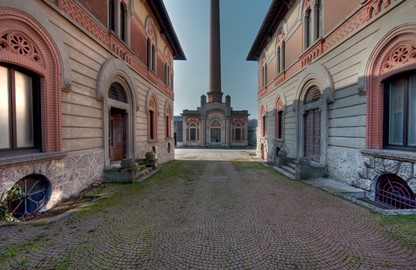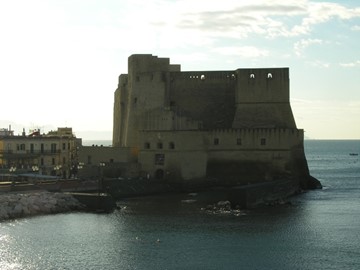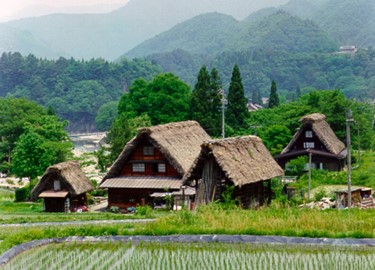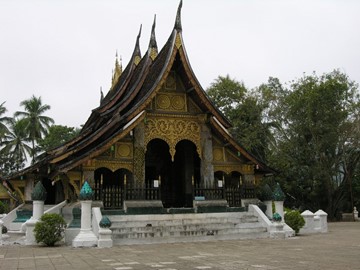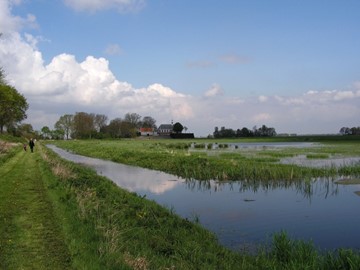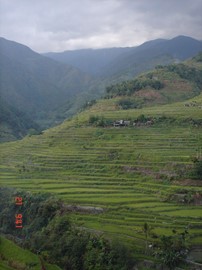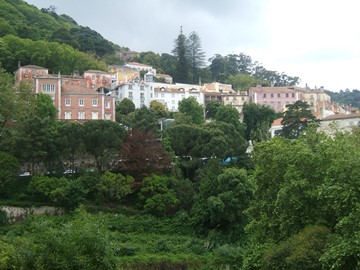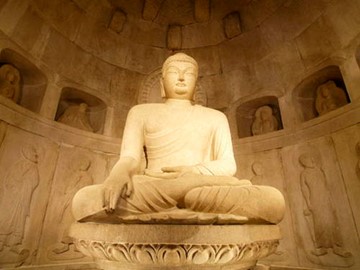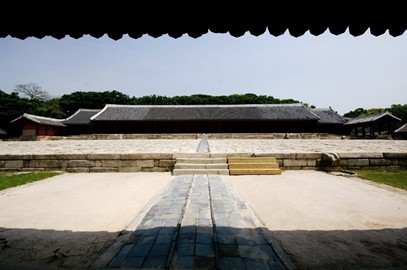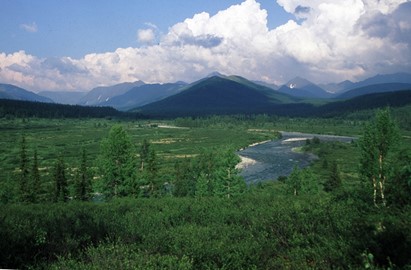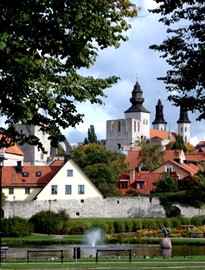year :: 1995
Waterton Glacier
Waterton Glacier International Peace Park, a UNESCO World Heritage site in Canada and the United States, recognized in 1995, is a cross-border park uniting Waterton Lakes in Alberta and Glacier National Park in Montana, established in 1932 as the world’s first international peace park. Its rugged Rockies landscape features glacier-carved lakes, prairies, and peaks, hosting grizzly bears and diverse flora. This transnational site reflects a shared natural heritage, symbolizing cooperation and ecological rich... Read More
Aggtelek and Slovak Karst
Aggtelek and Slovak Karst, a UNESCO World Heritage site in Hungary and Slovakia, recognized in 1995 with an extension in 2000, is a vast karst region featuring over 1,000 caves, sinkholes, and limestone formations shaped over millions of years. Home to stunning systems like Baradla-Domica, it boasts unique stalactites and rare subterranean ecosystems. This transnational site reflects Central Europe’s geological heritage, showcasing a natural wonder of underground beauty and scientific significance across bo... Read More
Lunenburg
Old Town Lunenburg, a UNESCO World Heritage site in Canada, is a well-preserved 18th-century British colonial settlement founded in 1753. Renowned for its colorful wooden architecture and grid layout, it reflects early European planning and maritime heritage as a historic fishing port. Recognized for its cultural and historical value, it stands as a charming snapshot of Canada’s colonial past.
Rapa Nui
Rapa Nui, the indigenous name of Easter Island, a UNESCO World Heritage site in Chile, is a remote island famed for its monumental moai statues, carved by the Polynesian Rapa Nui people between the 13th and 16th centuries. These iconic stone figures, set against volcanic landscapes and coastal cliffs, reflect a sophisticated ancient culture and its spiritual traditions. Recognized for its archaeological and cultural significance, it stands as a unique testament to human ingenuity and isolation.
Santa Cruz de Mompox
Santa Cruz de Mompox, a UNESCO World Heritage site in Colombia, is a colonial town frozen in time, known for its well-preserved Spanish architecture and riverside charm. Founded in the 16th century, its cobblestone streets, ornate churches, and historic homes reflect its past as a thriving trade center. This serene settlement offers a glimpse into Colombia’s rich colonial heritage.
Tierradentro
Tierradentro, a UNESCO World Heritage site in Colombia, is an ancient archaeological site featuring underground tombs carved into volcanic rock by a pre-Columbian civilization. Dating back over 1,000 years, these hypogea are adorned with intricate geometric patterns and vivid paintings. Set amidst rugged hills, this site offers a window into a mysterious and sophisticated indigenous culture.
San Agustín
San Agustín Archaeological Park, a UNESCO World Heritage site in Colombia, is renowned for its extensive collection of pre-Columbian monuments and megalithic statues, dating back to the 1st to 8th centuries AD. The park features over 500 stone sculptures, some towering up to 7 meters, carved by an ancient, little-known culture, depicting human figures, animals, and mythological beings. It serves as a vital window into the religious and social practices of this mysterious civilization, making it one of the m... Read More
Kutna Hora
Kutná Hora, a UNESCO World Heritage site in Czechia, is a historic town renowned for its well-preserved medieval architecture and rich cultural legacy. Once a thriving silver mining center in the Middle Ages, it boasts landmarks like the Gothic St. Barbara’s Church, adorned with intricate frescoes, and the Sedlec Ossuary, a unique chapel decorated with human bones. Its historical significance and architectural treasures make it a fascinating destination, offering a glimpse into Europe’s past.
Roskilde Cathedral
Roskilde Cathedral, a UNESCO World Heritage site in Denmark, is a stunning example of Gothic architecture, renowned for its historical and cultural significance. Constructed primarily in the 12th and 13th centuries, it served as the burial place for Danish monarchs, housing an impressive collection of royal tombs. The cathedral’s distinctive red-brick design, twin spires, and intricate interior, including the ornate Christian IV Chapel, reflect centuries of architectural evolution and artistry. Today, it st... Read More
Avignon
Avignon, a UNESCO World Heritage site in France, is renowned for its well-preserved medieval architecture and rich historical significance. The city’s standout feature is the Palais des Papes, a grand 14th-century Gothic palace that served as the papal residence during the Avignon Papacy. Its historic center, encircled by intact ramparts, also includes the famous Pont d’Avignon, a partially surviving medieval bridge immortalized in song. Avignon’s cultural legacy and architectural treasures make it a captiv... Read More
Messel Pit
The Messel Pit, a UNESCO World Heritage site in Germany, is a former shale quarry renowned for its exceptionally well-preserved fossils from the Eocene epoch, about 48 million years ago. Discovered in the 19th century, it offers a unique window into prehistoric life, showcasing detailed remains of mammals, birds, reptiles, and plants, including some of the earliest ancestors of modern species. Its scientific significance lies in the extraordinary preservation of soft tissues and even stomach contents, provi... Read More
Siena
Siena, a UNESCO World Heritage site in Italy, is a stunning medieval city renowned for its well-preserved Gothic architecture and historic urban layout. Its iconic Piazza del Campo, a shell-shaped public square, serves as the heart of the city, hosting the famous Palio horse race. The Siena Cathedral, with its intricate black-and-white marble facade, exemplifies the city’s artistic heritage. This Tuscan gem reflects a rich history of civic pride and cultural achievement.
Crespi d'Adda
Crespi d’Adda, a UNESCO World Heritage site in Italy, is a well-preserved example of a 19th-century company town built for textile factory workers. Founded by the Crespi family, it features a planned layout with worker housing, a school, a church, and recreational facilities, all designed to reflect industrial-era social ideals. This intact historical village highlights the intersection of industrial innovation and paternalistic urban planning.
Ferrara
Ferrara, City of the Renaissance, a UNESCO World Heritage site in Italy, exemplifies Renaissance urban planning with its harmonious layout and architectural grandeur. The historic center features the imposing Este Castle, elegant palaces, and broad streets designed under the influence of the powerful Este family. Its well-preserved walls and cultural landmarks highlight a pivotal era of artistic and intellectual achievement.
Naples
The Historic Centre of Naples, a UNESCO World Heritage site in Italy, is a vibrant testament to the city’s rich history, spanning over 2,500 years. This urban landscape features an exceptional blend of architectural styles, from ancient Greek and Roman ruins to medieval castles, Renaissance palaces, and Baroque churches. Renowned for its cultural diversity and artistic heritage, it includes landmarks like the Royal Palace and the Cathedral of San Gennaro, reflecting Naples' enduring role as a Mediterranean ... Read More
Shirakawa go and Gokayama
Shirakawa-go and Gokayama, a UNESCO World Heritage site in Japan, are renowned for their historic gassho-zukuri farmhouses, characterized by steeply pitched thatched roofs designed to withstand heavy snowfall. These well-preserved villages exemplify traditional rural life and sustainable architecture, blending harmoniously with the surrounding mountainous landscape. Recognized for their cultural value, they offer a glimpse into Japan’s historical ingenuity and community resilience.
Luang Prabang
Luang Prabang, a UNESCO World Heritage site in Laos, is a beautifully preserved town blending traditional Lao architecture with French colonial influences. Nestled along the Mekong River, it features gilded temples, saffron-robed monks, and a vibrant morning alms-giving tradition that highlight its rich cultural heritage. The town's historic core, including the ornate Wat Xieng Thong temple, reflects a unique fusion of local and European styles. Its tranquil charm and historical significance make it a stand... Read More
Schoklands
Schokland, a UNESCO World Heritage Site in the Netherlands, is a former island in the Zuiderzee that symbolizes the Dutch struggle against water. Once a thriving settlement, it was abandoned in 1859 due to relentless flooding, only to be reclaimed as part of the Noordoostpolder in the 1940s. Rich with over 160 archaeological sites, it preserves traces of human habitation from prehistoric times, including ancient footprints and tools, alongside historic structures like dykes and terps, showcasing a unique bl... Read More
Rice Terraces of the Philippines
The Rice Terraces of the Philippine Cordilleras, a UNESCO World Heritage site, are an architectural marvel created by the Ifugao people over 2,000 years ago. These hand-carved terraces, built into steep mountainsides, demonstrate remarkable engineering skill and sustainable farming practices, utilizing an intricate irrigation system that harnesses water from the forests above. Often called the 'Eighth Wonder of the World,' they reflect a harmonious blend of human ingenuity and natural landscape, preserved t... Read More
Sintra
The Cultural Landscape of Sintra, a UNESCO World Heritage site, is renowned for its unique blend of natural beauty and historic architecture. This picturesque region features lush hills dotted with extravagant palaces, romantic gardens, and ancient castles, reflecting centuries of aristocratic influence and artistic heritage. Notable landmarks include the colorful Pena Palace and the Moorish Castle, which highlight a fusion of Gothic, Manueline, and Moorish styles. Its well-preserved environment and cultura... Read More
Seokguram Grotto and Bulguksa Temple
Seokguram Grotto and Bulguksa Temple, a UNESCO World Heritage site, exemplify Korea's rich Buddhist heritage and architectural prowess. The grotto, an artificial cave carved into granite, houses a serene Buddha statue surrounded by intricately sculpted bodhisattvas, showcasing exceptional 8th-century artistry. Adjacent Bulguksa Temple, a wooden complex, reflects harmonious design with its elevated platforms, ornate pagodas, and tranquil courtyards, embodying spiritual and aesthetic ideals of the era. Togeth... Read More
Haeinsa Temple
Haeinsa Temple, a UNESCO World Heritage site in South Korea, is renowned for its historical and cultural significance as a center of Korean Buddhism. Founded in 802 CE during the Silla Dynasty, it houses the Tripitaka Koreana, an extraordinary collection of over 81,000 wooden printing blocks inscribed with Buddhist scriptures, completed in the 13th century. The temple's Janggyeong Panjeon, a specially designed storage facility, has preserved these blocks for centuries, showcasing remarkable architectural in... Read More
Jongmyo Shrine
Jongmyo Shrine, a UNESCO World Heritage site in Korea, is a Confucian royal ancestral shrine dedicated to commemorating the deceased kings and queens of the Joseon Dynasty. Constructed in 1394 during King Taejo’s reign, it embodies traditional East Asian architectural principles and houses the spirit tablets of royalty in a serene, ritual-focused setting. The shrine hosts the Jongmyo Jerye ceremony, an ancient Confucian rite featuring music and dance, recognized as an Intangible Cultural Heritage. Its histo... Read More
Virgin Komi Forests
The Virgin Komi Forests, a UNESCO World Heritage site in Russia, represent one of the largest remaining expanses of pristine boreal forest in Europe. This untouched wilderness is home to a rich diversity of flora and fauna, including rare species like the Siberian pine and brown bear, thriving in an ecosystem shaped by natural processes over millennia. The site’s old-growth forests and peat bogs play a critical role in carbon storage, highlighting its global ecological significance. It stands as a vital tes... Read More
Visby
The Hanseatic Town of Visby, a UNESCO World Heritage site in Sweden, is a remarkably preserved medieval trading center on the island of Gotland. Its 13th-century ramparts, over 200 warehouses, and historic churches, like the Sankta Maria Cathedral, showcase its past as a key Baltic Sea hub within the Hanseatic League. The town's cobblestone streets and well-maintained ruins offer a glimpse into its prosperous history, making it a standout example of Northern European medieval architecture and urban planning... Read More
